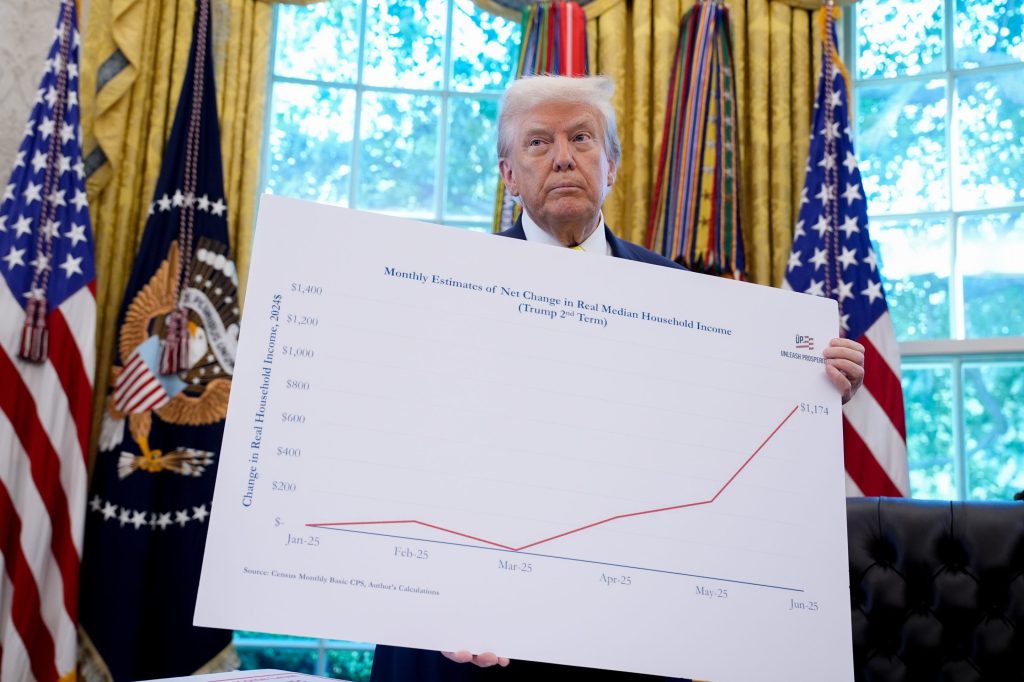I was working my way through the blog this morning when I found this post of a touching walk I took with Travis fifteen years ago when he was six.
I met Kelly and the kids at Hallie’s school to hear an update from the teacher on Hallie’s progress. I left smiling when her teacher called her “phenomenal,” but little did I know I wasn’t done with hearing good things. I decided to forgo hitching a ride home with Kelly in the van in keeping with my carpooling experiment today and opted instead to walk the 1/2 mile home. Travis decided to join me, so together we walked up the hill back to our house.
As we walked, we chatted about lots of things. He wanted to hold my hand and so we walked up the hill hand-in-hand. As the conversation continued, he said something that made me remark “that wouldn’t be my favorite thing.”
“You know what’s my favorite thing?” he asked as we kept walking. “My love for you.”
All I could say was “awwww” and returned the compliment. It was so sweet to hear but as I thought about it later I only appreciated it more. Travis will often tell someone he loves them but it’s rare that he offers it the way that he did.
His hand in mine, the pleasant walk, and words that would make any father proud: it doesn’t get much better than this.
This day came in the immediate aftermath of my friend Gerry dying. For many weeks at work, I would stuff earbuds into my ears and listen to yearning music as I worked alone in the aisles of the NetApp datacenter, sorting through my grief.
Wow, what a special day that was, lifting me at a time I really needed it. I’m still so thankful.





